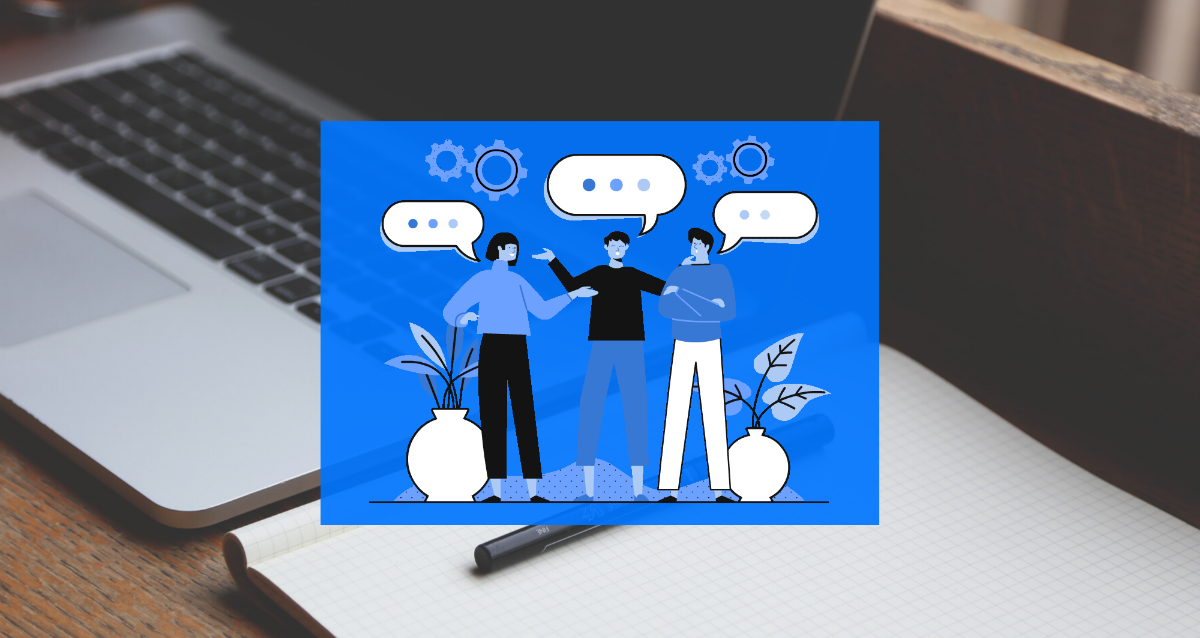min read
We’re #blessed to have an amazing Success Team that works with our partners to provide insight, best practices, and overall fundraising guidance to help them get to the next level.
After the turnout for our Success Q&A webinar (you can still check out the recording here), we heard you loud and clear! We need to share the wisdom of these talented humans more often.
That’s why every month we’ll be rounding up 2-3 of your most pressing questions and letting our team drill down to help!
You can see the first batch of answers, access corresponding resources, and submit your own burning fundraising questions for next month’s edition below.
How Do You Avoid Donor Burnout When Running Multiple Fundraising Events?
Focus on Your Stewardship
Your main goal is the retention and reactivation of your donors through your events to build a successful fundraising narrative throughout the year. You can learn more about how to craft a complimentary annual strategy of giving events here.
Most importantly, don’t just thank your donor (although that’s key!) or send thank-yous from different people that were impacted or are part of the organization (another key, but still). Make sure to showcase their impact.
What did their gift help achieve? What opportunities did the individual or group access that they couldn’t before?
If you want some information on how to tell an ongoing story, we’ve got you! Here’s a great guide to dive deeper.
Mix It Up with Incentives
From reards to matches to challenges — gamifying your giving events adds a new spin and a new incentive to participate again. Try experimenting with offering tangible VS intangible rewards, partnering with local organizations to create matching gifts, or pushing your campaign teams to reach out at key times during your event through challenges that reward winning campaigns.
You can learn more about how to use all of the above fundraising techniques here.
Partner with Your Champions
Whether it’s the people who give regularly, share every social post, or are a part of your team and are passionate about making your event a success: your champions are out there!
Talk to them and invite them into your fundraising process as volunteers, social advocates, and even fundraising teams! This will help your wider network hear from a chorus of voices rather than just your own, and help differentiate each event with unique appeals.
The learn more about how to create an army of fundraising champions, check out this free in-depth webinar.
How Can You Integrate Your Email and Direct Mail Appeals?
Be Mindful of Your Branding & Messaging
It’s not clear to everyone that your multi-channel appeals revolve around the same effort unless it’s visually clear. Use the same images, fonts, and heroes to illustrate the impact someone will be making regardless of what channel they interact through.
This is especially true for emotionally compelling images. For more on creating a unifying story through visuals, check out this walkthrough.
Include a Strong Call-to-Action
Your call-to-action shouldn’t just be “donate now!” The most important part of anyone taking action is having a place to resource themselves with more information and perform that action. That’s why it’s important to tie in a central web experience, landing page, or digital instance for people to find out more and make a no-hassle contribution.
We know marketing with three different channels can add to the complexity of just balancing email and direct mail, so take a look at this article on how to take an omnichannel approach to your marketing for help.
Lay Out Your Schedule
You should try to stagger your email and direct email appeals so that no one is getting bombarded. This will also help them make tandem appeals and keep you top-of-mind with a steady stream of content.
The key is: planning. Scheduling doesn’t have to be a nightmare if you plan in advance. Laying out a content calendar goes a long way in making execution easy. Check out our Giving Day Guide to creating your messaging strategy to optimize your outreach timing.
Segment Your Audience
For email and direct mail to pair well together (and to maximize your ROI), consider segmenting your audience before and after each send.
For example, if you send an email first, try looking at the analytics to split people into highly engaged (opened, read, and/or clicked), mid-range engaged (opened but skimmed or didn’t click), and non-engaged (non-opens). You can then strategically use the direct mail to inspire the non-engaged group, try a different appeal with those in the mid-range, or even send a direct mail piece around recurring giving for the highly engaged group.






